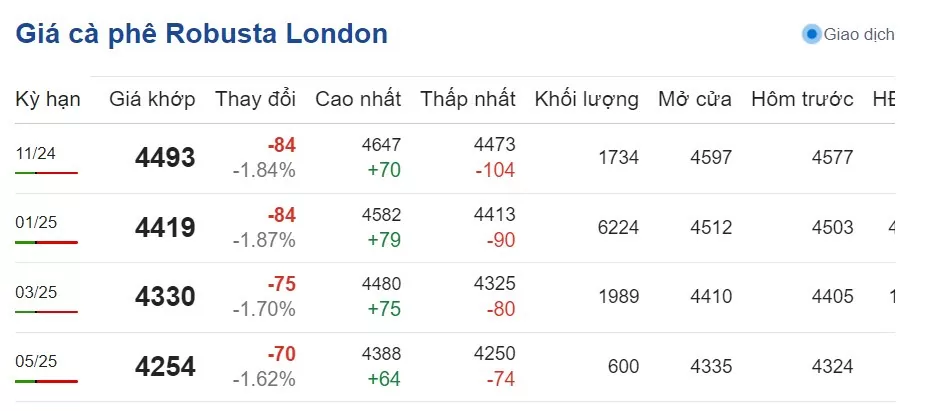Category: Forex News, News
Pound Sterling trades dangerously close to key support area
- GBP/USD trades slightly below 1.3000 in the European session on Tuesday.
- Key support area seems to have formed in the 1.2950-1.2960 area.
- BoE Governor Bailey will deliver a speech later in the session.
Following a two-day recovery, GBP/USD turned south on Monday and lost 0.5% on the day. The pair struggles to gather recovery momentum early Tuesday and trades slightly below 1.3000.
British Pound PRICE Last 7 days
The table below shows the percentage change of British Pound (GBP) against listed major currencies last 7 days. British Pound was the weakest against the US Dollar.
| USD | EUR | GBP | JPY | CAD | AUD | NZD | CHF | |
|---|---|---|---|---|---|---|---|---|
| USD | 0.78% | 0.59% | 0.72% | 0.25% | 0.63% | 0.69% | 0.26% | |
| EUR | -0.78% | -0.20% | -0.07% | -0.53% | -0.12% | -0.10% | -0.51% | |
| GBP | -0.59% | 0.20% | 0.16% | -0.35% | 0.05% | 0.08% | -0.27% | |
| JPY | -0.72% | 0.07% | -0.16% | -0.48% | -0.10% | -0.06% | -0.43% | |
| CAD | -0.25% | 0.53% | 0.35% | 0.48% | 0.38% | 0.44% | 0.08% | |
| AUD | -0.63% | 0.12% | -0.05% | 0.10% | -0.38% | 0.04% | -0.32% | |
| NZD | -0.69% | 0.10% | -0.08% | 0.06% | -0.44% | -0.04% | -0.36% | |
| CHF | -0.26% | 0.51% | 0.27% | 0.43% | -0.08% | 0.32% | 0.36% |
The heat map shows percentage changes of major currencies against each other. The base currency is picked from the left column, while the quote currency is picked from the top row. For example, if you pick the British Pound from the left column and move along the horizontal line to the US Dollar, the percentage change displayed in the box will represent GBP (base)/USD (quote).
Markets adopted a cautious stance at the beginning of the week amid escalating geopolitical tensions in the Middle East, allowing the US Dollar (USD) to benefit from safe-haven demand. At the time of press, US stock index futures were down between 0.4% and 0.6%.
A bearish opening in Wall Street, followed by an extended slide in major equity indexes could allow the USD to preserve its strength and force GBP/USD to stretch lower.
The US economic calendar will feature the Richmond Fed Manufacturing Index data for October, which is unlikely to trigger a noticeable market reaction.
In the early American session, Bank of England (BoE) Governor Andrew Bailey will deliver a keynote address at the Bloomberg Global Regulatory Forum in New York. Since he is unlikely to comment on the policy outlook, this event could have little to no effect on Pound Sterling’s valuation. The next important data release for GBP/USD will be S&P Global’s preliminary October Manufacturing and Services Purchasing Managers Index (PMI) data for the UK and the US on Thursday.
GBP/USD Technical Analysis
GBP/USD trades within the descending regression channel coming from late September and the Relative Strength Index (RSI) indicator on the four-hour chart stays well below 50, reflecting the bearish bias.
On the downside, the lower limit of the descending channel and the 100-day Simple Moving Average (SMA) form a strong support area at 1.2950-1.2960 ahead of 1.2900 (round level, static level). Looking north, first resistance could be seen at 1.3050 (static level, upper limit of the descending channel) before 1.3090-1.3100 (Fibonacci 23.6% retracement of the latest downtrend, static level) and 1.3140 (50- day SMA).
Pound Sterling FAQs
The Pound Sterling (GBP) is the oldest currency in the world (886 AD) and the official currency of the United Kingdom. It is the fourth most traded unit for foreign exchange (FX) in the world, accounting for 12% of all transactions, averaging $630 billion a day, according to 2022 data. Its key trading pairs are GBP/USD, also known as ‘Cable’, which accounts for 11% of FX, GBP/JPY, or the ‘Dragon’ as it is known by traders (3%), and EUR/GBP (2%). The Pound Sterling is issued by the Bank of England (BoE).
The single most important factor influencing the value of the Pound Sterling is monetary policy decided by the Bank of England. The BoE bases its decisions on whether it has achieved its primary goal of “price stability” – a steady inflation rate of around 2%. Its primary tool for achieving this is the adjustment of interest rates. When inflation is too high, the BoE will try to rein it in by raising interest rates, making it more expensive for people and businesses to access credit. This is generally positive for GBP, as higher interest rates make the UK a more attractive place for global investors to park their money. When inflation falls too low it is a sign economic growth is slowing. In this scenario, the BoE will consider lowering interest rates to cheapen credit so businesses will borrow more to invest in growth-generating projects.
Data releases gauge the health of the economy and can impact the value of the Pound Sterling. Indicators such as GDP, Manufacturing and Services PMIs, and employment can all influence the direction of the GBP. A strong economy is good for Sterling. Not only does it attract more foreign investment but it may encourage the BoE to put up interest rates, which will directly strengthen GBP. Otherwise, if economic data is weak, the Pound Sterling is likely to fall.
Another significant data release for the Pound Sterling is the Trade Balance. This indicator measures the difference between what a country earns from its exports and what it spends on imports over a given period. If a country produces highly sought-after exports, its currency will benefit purely from the extra demand created from foreign buyers seeking to purchase these goods. Therefore, a positive net Trade Balance strengthens a currency and vice versa for a negative balance.
Written by : Editorial team of BIPNs
Main team of content of bipns.com. Any type of content should be approved by us.
Share this article:










